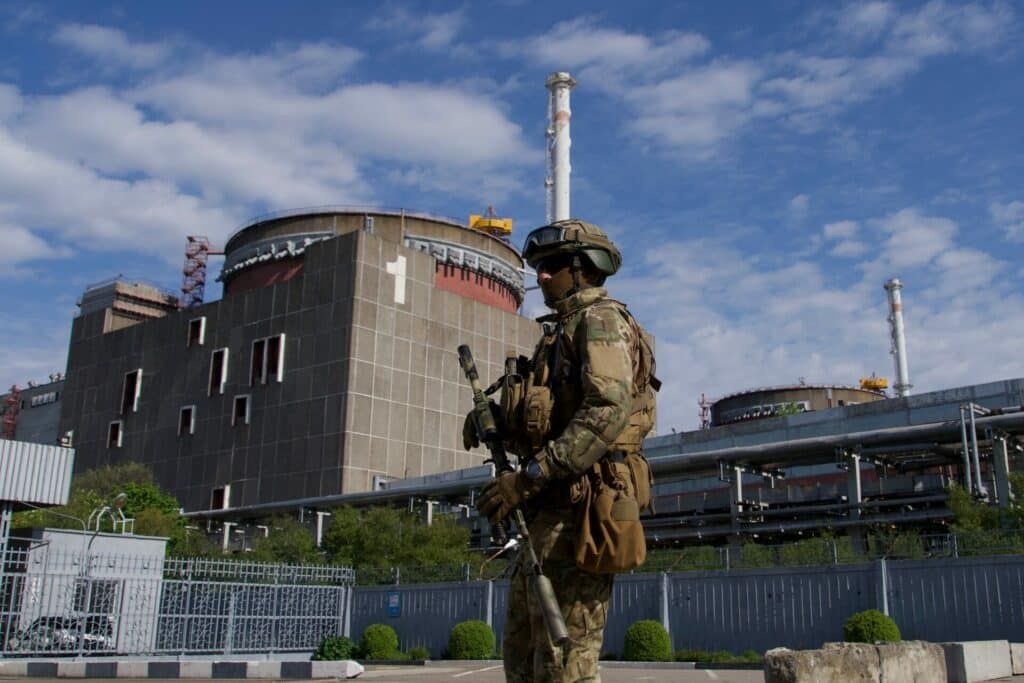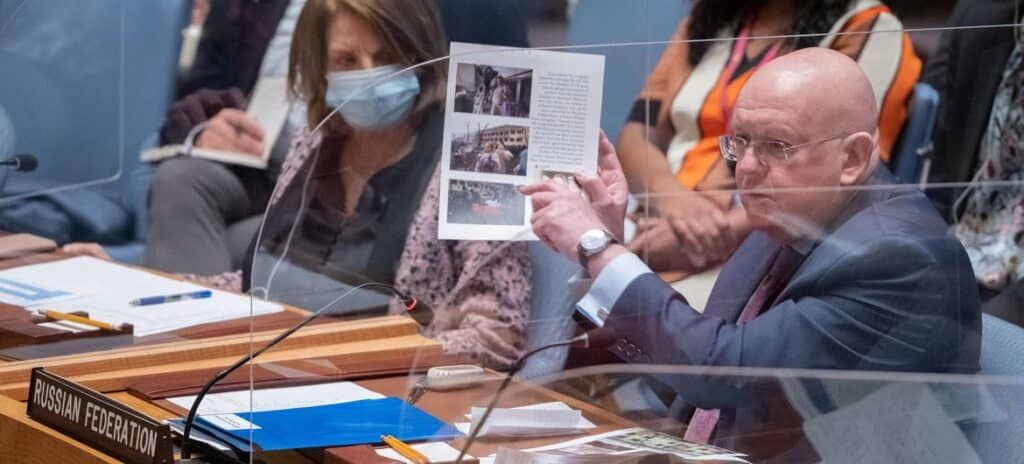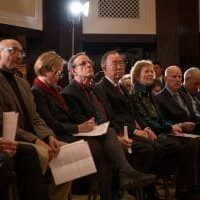January 24, 2023
A time of unprecedented danger:
It is 90 seconds to midnight
2023 Doomsday Clock Statement
Bulletin of the Atomic Scientists
Editor, John Mecklin

Founded in 1945 by Albert Einstein and University of Chicago scientists who helped develop the first atomic weapons in the Manhattan Project, the Bulletin of the Atomic Scientists created the Doomsday Clock two years later, using the imagery of apocalypse (midnight) and the contemporary idiom of nuclear explosion (countdown to zero) to convey threats to humanity and the planet. The Doomsday Clock is set every year by the Bulletin’s Science and Security Board in consultation with its Board of Sponsors, which includes 10 Nobel laureates. The Clock has become a universally recognized indicator of the world’s vulnerability to global catastrophe caused by manmade technologies.
The Science and Security Board (SASB) is comprised of a select group of globally recognized leaders with a specific focus on nuclear risk, climate change, and disruptive technologies. Learn more...
A time of unprecedented danger: It is 90 seconds to midnight
This year, the Science and Security Board of the Bulletin of the Atomic Scientists moves the hands of the Doomsday Clock forward, largely (though not exclusively) because of the mounting dangers of the war in Ukraine. The Clock now stands at 90 seconds to midnight—the closest to global catastrophe it has ever been.
The war in Ukraine may enter a second horrifying year, with both sides convinced they can win. Ukraine’s sovereignty and broader European security arrangements that have largely held since the end of World War II are at stake. Also, Russia’s war on Ukraine has raised profound questions about how states interact, eroding norms of international conduct that underpin successful responses to a variety of global risks.
And worst of all, Russia’s thinly veiled threats to use nuclear weapons remind the world that escalation of the conflict—by accident, intention, or miscalculation—is a terrible risk. The possibility that the conflict could spin out of anyone’s control remains high.
Russia’s recent actions contravene decades of commitments by Moscow. In 1994, Russia joined the United States and United Kingdom in Budapest, Hungary, to solemnly declare that it would "respect the independence and sovereignty and the existing borders of Ukraine" and "refrain from the threat or use of force against the territorial integrity or political independence of Ukraine..." These assurances were made explicitly on the understanding that Ukraine would relinquish nuclear weapons on its soil and sign the Nuclear Non-Proliferation Treaty—both of which Ukraine did.
Russia has also brought its war to the Chernobyl and Zaporizhzhia nuclear reactor sites, violating international protocols and risking widespread release of radioactive materials. Efforts by the International Atomic Energy Agency to secure these plants so far have been rebuffed.

As Russia’s war on Ukraine continues, the last remaining nuclear weapons treaty between Russia and the United States, New START, stands in jeopardy. Unless the two parties resume negotiations and find a basis for further reductions, the treaty will expire in February 2026. This would eliminate mutual inspections, deepen mistrust, spur a nuclear arms race, and heighten the possibility of a nuclear exchange.
As UN Secretary-General Antonio Guterres warned in August, the world has entered “a time of nuclear danger not seen since the height of the Cold War.”
The war’s effects are not limited to an increase in nuclear danger; they also undermine global efforts to combat climate change. Countries dependent on Russian oil and gas have sought to diversify their supplies and suppliers, leading to expanded investment in natural gas exactly when such investment should have been shrinking.
In the context of a hot war and against the backdrop of nuclear threats, Russia’s false accusations that Ukraine planned to use radiological dispersal devices, chemical weapons, and biological weapons take on new meaning as well. The continuing stream of disinformation about bioweapons laboratories in Ukraine raises concerns that Russia itself may be thinking of deploying such weapons, which many experts believe it continues to develop.

Russia’s invasion of Ukraine has increased the risk of nuclear weapons use, raised the specter of biological and chemical weapons use, hamstrung the world’s response to climate change, and hampered international efforts to deal with other global concerns. The invasion and annexation of Ukrainian territory have also violated international norms in ways that may embolden others to take actions that challenge previous understandings and threaten stability.
There is no clear pathway for forging a just peace that discourages future aggression under the shadow of nuclear weapons. But at a minimum, the United States must keep the door open to principled engagement with Moscow that reduces the dangerous increase in nuclear risk the war has fostered. One element of risk reduction could involve sustained, high-level US military-to-military contacts with Russia to reduce the likelihood of miscalculation. The US government, its NATO allies, and Ukraine have a multitude of channels for dialogue; they all should be explored. Finding a path to serious peace negotiations could go a long way toward reducing the risk of escalation. In this time of unprecedented global danger, concerted action is required, and every second counts.
Editor’s note: Additional information on the threats posed by nuclear weapons, climate change, biological events, and the misuse of other disruptive technologies can be found elsewhere on this page and in the full PDF / print version of the Doomsday Clock statement.

The Science and Security Board (SASB) is comprised of a select group of globally recognized leaders with a specific focus on nuclear risk, climate change, and disruptive technologies. Learn more...
Learn more about how each of the Bulletin's areas of concern contributed to the setting of the Doomsday Clock this year:
About the Bulletin of the Atomic Scientists
At our core, the Bulletin of the Atomic Scientists is a media organization, publishing a free-access website and a bimonthly magazine. But we are much more. The Bulletin’s website, iconic Doomsday Clock, and regular events equip the public, policy makers, and scientists with the information needed to reduce manmade threats to our existence. The Bulletin focuses on three main areas: nuclear risk, climate change, and disruptive technologies, including developments in biotechnology. What connects these topics is a driving belief that because humans created them, we can control them. The Bulletin is an independent, nonprofit 501(c)(3) organization. We gather the most informed and influential voices tracking manmade threats and bring their innovative thinking to a global audience. We apply intellectual rigor to the conversation and do not shrink from alarming truths.
The Bulletin has many audiences: the general public, which will ultimately benefit or suffer from scientific breakthroughs; policy makers, whose duty is to harness those breakthroughs for good; and the scientists themselves, who produce those technological advances and thus bear a special responsibility. Our community is international, with half of our website visitors coming from outside the United States. It is also young. Half are under the age of 35.
Learn more at thebulletin.org/about-us.